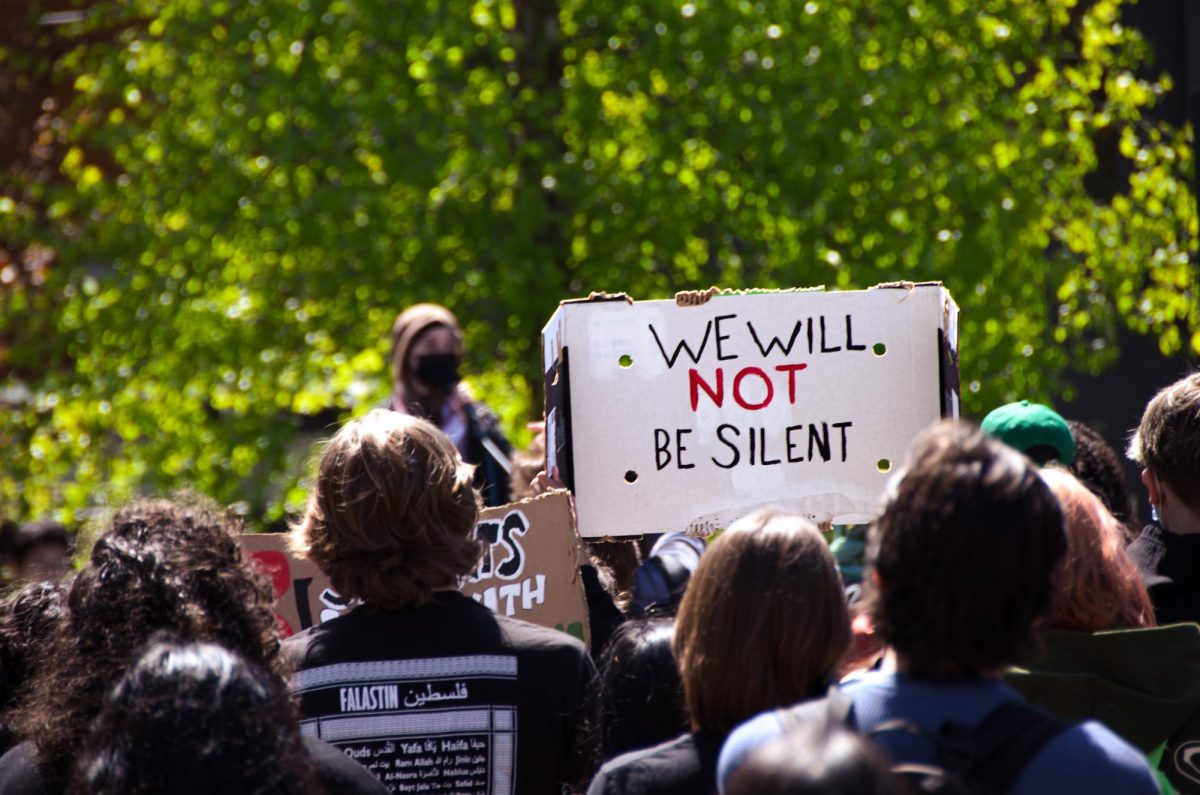THE BIKES ARE BACK IN TOWN
According to a 2013 survey by the Department of Transportation, over 158,000 Seattleites, nearly one third of the city’s total population, ride a bicycle at least occasionally. Nearly two-thirds of these are regular riders—those who, at least a few times a month, pedal their way from class to class, haul their wheels onto the Metro bus racks to do some exploring, or lock up their bikes at the office after a sweaty, rainy morning commute.
It all reflects a nationwide doubling of bike usage over the last 30 years, spurred by environmental awareness and health benefits, and helped along with improvements in bike infrastructure—such as those laid out in Seattle’s Bicycle Master Plan, most recently updated in April 2014. The plan revolved around five goals: increasing ridership, improving safety, building a welcoming community for cyclists, creating a connected network of tracks, trails, greenways, and bike lanes, and providing easy and equal access.
The last point was just addressed with the Oct. 13 implementation of the nonprofit Pronto Cycle Share program. The program will bring 500 shareable bikes to the city, with 50 stations located throughout Downtown, Capitol Hill, South Lake Union and the University District.
We’re also seeing more bike-friendly—sometimes even bike-reliant—businesses, and heightened interest in cycling for exercise. But with all this comes increased risk: bike theft continues to be an incredibly common (and underreported) crime. As reported by Seattle Met Magazine, city data found an average of three bikes stolen every day in 2013.
More and more, Seattle is a city on wheels. We’re here to tell you how to navigate it.
—Caroline Ferguson
Bikes in Businesses
Cycling is not just for cardio and commuting anymore. Companies around Seattle are incorporating bicycles into their business models. In fact, Seattle Cycling Tours created their entire business around the idea of discovering Seattle and its surrounding areas through cycling. Similarly, Seattle Bike Blog created a daily online publication based on sharing Seattle’s bike culture.
Aside from recreational use, however, many companies in Seattle favor bikes as a means of environmentally sustainable delivery. Capitol Hill restaurants such as Jimmy John’s and Domino’s make some of their food deliveries by bike.
Postmates takes a more personalized approach to bicycle deliveries by connecting customers with bicycle couriers who can purchase and deliver goods from any restaurant or store in the city in under an hour.
Similarly, Freewheel is a young Seattle-based company that makes deliveries using a large cargo-hauling box bike. The company’s highly visible bike and large cargo space make it suitable for larger deliveries as well as for advertisements. Freewheel is also pushing for product labeling that intends to educate customers about what products are delivered by bike, thereby forcing customers to think not just about how their products are made, but also how they are delivered.
Many people also use bicycles to deliver messages. Companies like National Courier Service help businesses deliver time-sensitive materials, packages and important documents in a timely fashion.
That’s not all. Many businesses are actually encouraging customers to ride bikes, too. Bicycle Benefits is a program that partners with restaurants, cafes, shops and other businesses to reward patrons who show up on a bike wearing a Bike Benefits helmet sticker. This strengthens customer loyalty at participating businesses and further builds the city’s cycling community.
— Maggie Molloy
Protect your ride
A bike is not as easy to safeguard as a car—when a bike is left alone on a sidewalk, it is often unlocked and vulnerable to thieves looking for valuable bicycles and bike parts. With bikes running upwards of several thousand dollars, deciding where and how to lock up a bike when it’s not in use is an important decision. As the popularity of cycling increases in large cities, the methods for locking bikes have evolved— but, unfortunately, so have the methods that thieves use to break these locks. From cutting cables, picking u-locks or sawing directly through bike racks, criminals have all sorts of ways to get their hands on bikes. Many thieves are simply opting for removing parts of the bike and leaving the skeleton locked in place for its disappointed owner to find.
According to data collected by the League of American Bicyclists, Seattle is the number two city when it comes to percentage of commuters riding to work with 4.1 percent of commuters going by bike according to 2013 census data (Portland snagged the number one spot with six percent).
Here at Seattle University, cycling has also grown in popularity, and students have to take the same care when leaving bikes on campus that they would take if leaving a bike anywhere in the city. According to Craig Birklid, associate director of Public Safety, his department processed 32 reported bike thefts and 14 bike strips over the past 12 months.
To protect bikes, Birklid recommends “a very good quality U-bolt made after 2006 or a case-hardened chain lock with a quality lock.” He warned that quick release wheels or seats, as well as cable locks, are easy targets for bike thieves.
Stealing a bike from Pronto will be difficult for thieves, as users swipe their credit cards to unlock a bike, which also means they are easy to track once they take a bike. The bikes are fitted to the docking stations with a hefty lock system, but only time will tell if thieves find a way to steal the new fleet of neon green bikes.
—Alaina Bever












